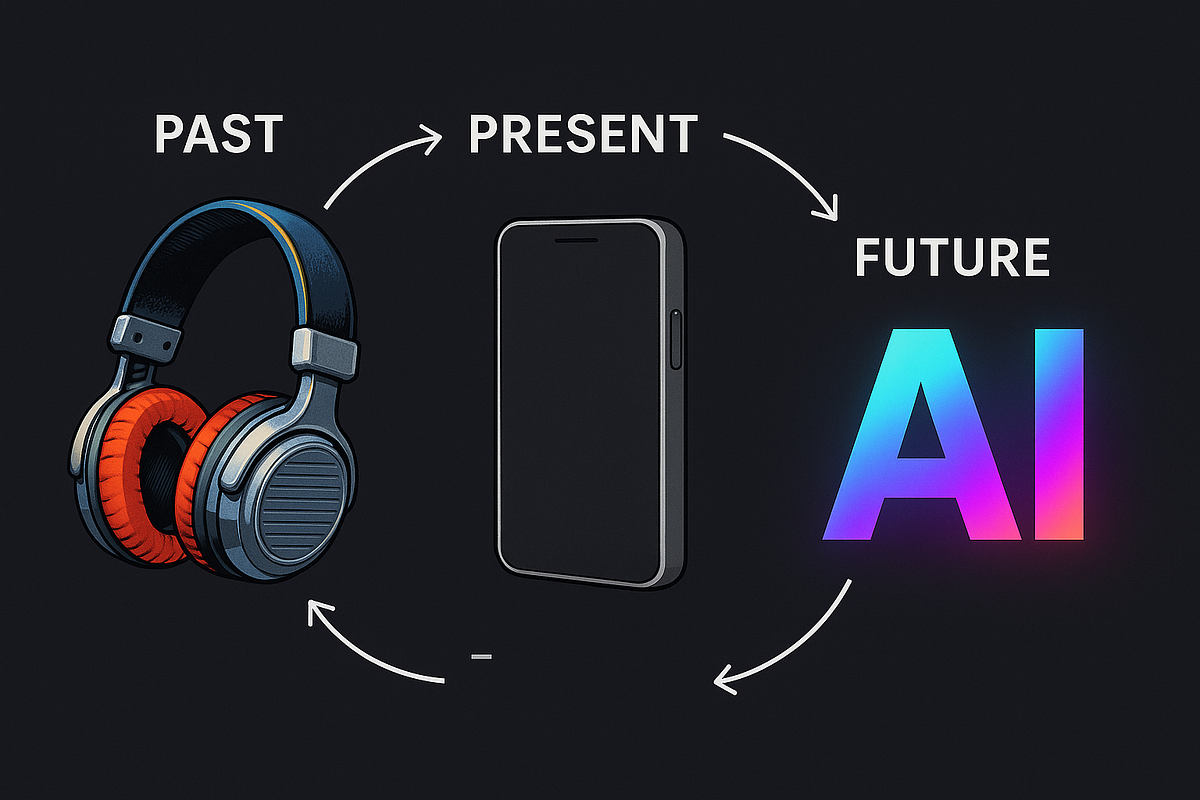Introduction
In recent years, the fusion of minimalism and artificial intelligence (AI) has sparked a transformative shift in how we interact with technology. Minimalist AI emphasizes simplicity, efficiency, and user-centric design, moving away from complex interfaces to create intuitive, accessible, and effective tools. This approach not only enhances user experience but also aligns with the growing demand for streamlined digital solutions in our fast-paced world. By focusing on essential features and eliminating unnecessary complexity, minimalist AI is redefining productivity, creativity, and daily interactions with technology.
The Essence of Minimalist AI
Minimalist AI is characterized by its commitment to simplicity and user-friendliness. Unlike traditional AI systems that often present users with overwhelming options and intricate settings, minimalist AI tools prioritize core functionalities that deliver maximum impact with minimal input. This design philosophy is evident in various applications, from AI-powered writing assistants to task management tools, where the focus is on delivering value without unnecessary distractions.
For instance, platforms like Boo.ai offer a clean interface that aids users in writing efficiently, while apps like Trevor AI provide intuitive task planning features that help users organize their day with ease. These tools embody the principle that less is more, ensuring that users can harness the power of AI without being bogged down by complexity.
The Intersection of Minimalism and AI in Design
The influence of minimalist AI extends significantly into design, particularly in web and user interface (UI) development. Designers are increasingly adopting minimalist principles to create clean, uncluttered layouts that enhance user experience. This trend is not just about aesthetics; it’s about functionality and accessibility. By stripping away unnecessary elements, designers can focus on what truly matters, ensuring that users can navigate interfaces intuitively and efficiently.
Moreover, AI is playing a pivotal role in this transformation. Tools like Adobe Firefly and Runway ML are automating repetitive design tasks, allowing designers to focus on creativity and innovation. These AI-driven platforms exemplify how technology can support minimalist design by handling complex processes behind the scenes, thereby simplifying the design workflow.
Minimalist AI in Everyday Applications
Beyond design, minimalist AI is making its mark in various everyday applications, enhancing productivity and simplifying daily tasks. For instance, Reflect AI offers a minimalist note-taking experience, enabling users to capture and organize ideas effortlessly. Similarly, Notion Mail reimagines email management with a clean interface and AI-powered organization, allowing users to focus on communication without being overwhelmed by clutter.
These applications demonstrate how minimalist AI can be seamlessly integrated into daily life, providing users with powerful tools that are both effective and easy to use. By focusing on essential features and eliminating unnecessary complexity, these tools empower users to accomplish tasks more efficiently and with greater ease.
The Impact of Minimalist AI on Productivity
The adoption of minimalist AI is significantly influencing productivity, particularly in the realm of digital minimalism. By reducing digital clutter and focusing on essential tasks, users can achieve greater focus and efficiency. AI-driven tools are streamlining workflows, automating routine tasks, and providing personalized recommendations, all of which contribute to a more productive and less stressful digital experience.
For example, AI-powered task planners like Trevor AI help users organize their day by prioritizing tasks and setting reminders, ensuring that important activities are completed on time. Similarly, minimalist writing assistants like Boo.ai enable users to compose content quickly and effectively, without the distraction of complex features. These tools embody the essence of minimalist AI by focusing on core functionalities that enhance productivity without overwhelming the user.
The Future of Minimalist AI
Looking ahead, the future of minimalist AI appears promising. As technology continues to evolve, there is a growing emphasis on creating tools that are not only powerful but also user-friendly and accessible. The principles of minimalist design—simplicity, clarity, and efficiency—will likely continue to guide the development of AI applications, ensuring that users can harness the benefits of AI without being encumbered by complexity.
Furthermore, as AI becomes more integrated into various aspects of daily life, the demand for minimalist AI solutions will likely increase. Users will seek tools that simplify tasks, enhance productivity, and provide a seamless experience, all of which are hallmarks of minimalist AI. This trend suggests that the fusion of minimalism and AI will play a crucial role in shaping the future of technology.
Read More: What to Expect When Working with an Animation Studio
Conclusion
The rise of minimalist AI marks a significant shift in how we interact with technology. By embracing simplicity and focusing on core functionalities, minimalist AI tools are enhancing user experience, boosting productivity, and making technology more accessible. As we move forward, the principles of minimalist design will continue to influence the development of AI applications, ensuring that technology serves to simplify and enrich our lives.
FAQs
1. What is minimalist AI?
Minimalist AI refers to artificial intelligence systems designed with simplicity and user-friendliness in mind. These systems focus on core functionalities, eliminating unnecessary complexity to provide intuitive and efficient tools.
2. How does minimalist AI improve user experience?
By prioritizing essential features and streamlining interfaces, minimalist AI reduces cognitive load, making interactions more straightforward and enjoyable for users.
3. Can minimalist AI enhance productivity?
Yes, minimalist AI tools automate routine tasks, provide personalized recommendations, and help users focus on what truly matters, leading to increased efficiency and productivity.
4. Is minimalist AI suitable for all users?
Absolutely. Minimalist AI is designed to be accessible and user-friendly, catering to individuals with varying levels of technical expertise.
5. What does the future hold for minimalist AI?
The future of minimalist AI looks promising, with continued advancements in technology and a growing emphasis on simplicity and user-centric design. As AI becomes more integrated into daily life, minimalist AI solutions will likely play a pivotal role in shaping the digital landscape.

Leave a Reply